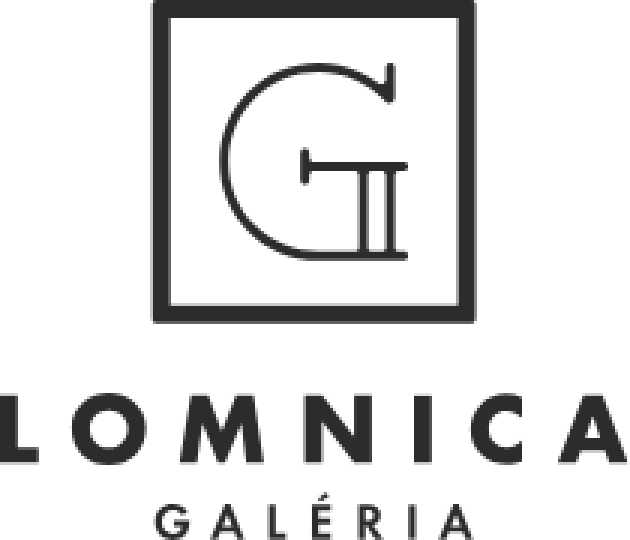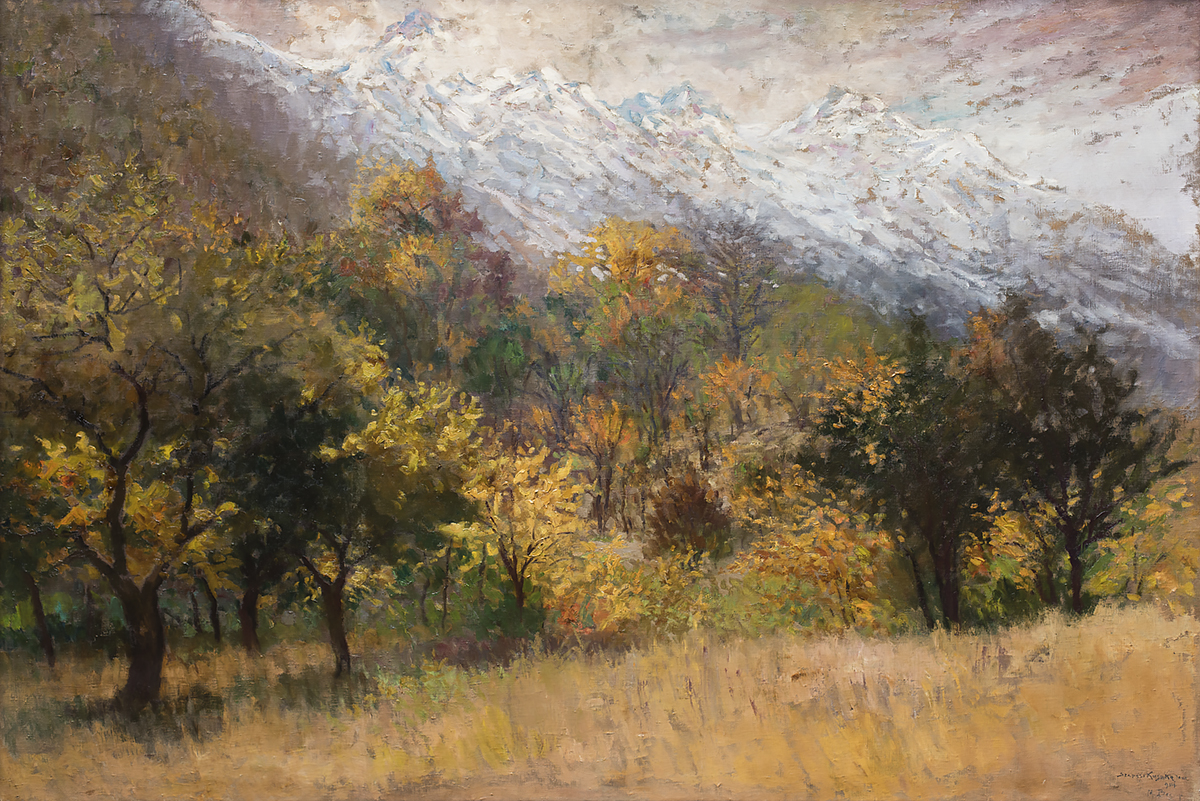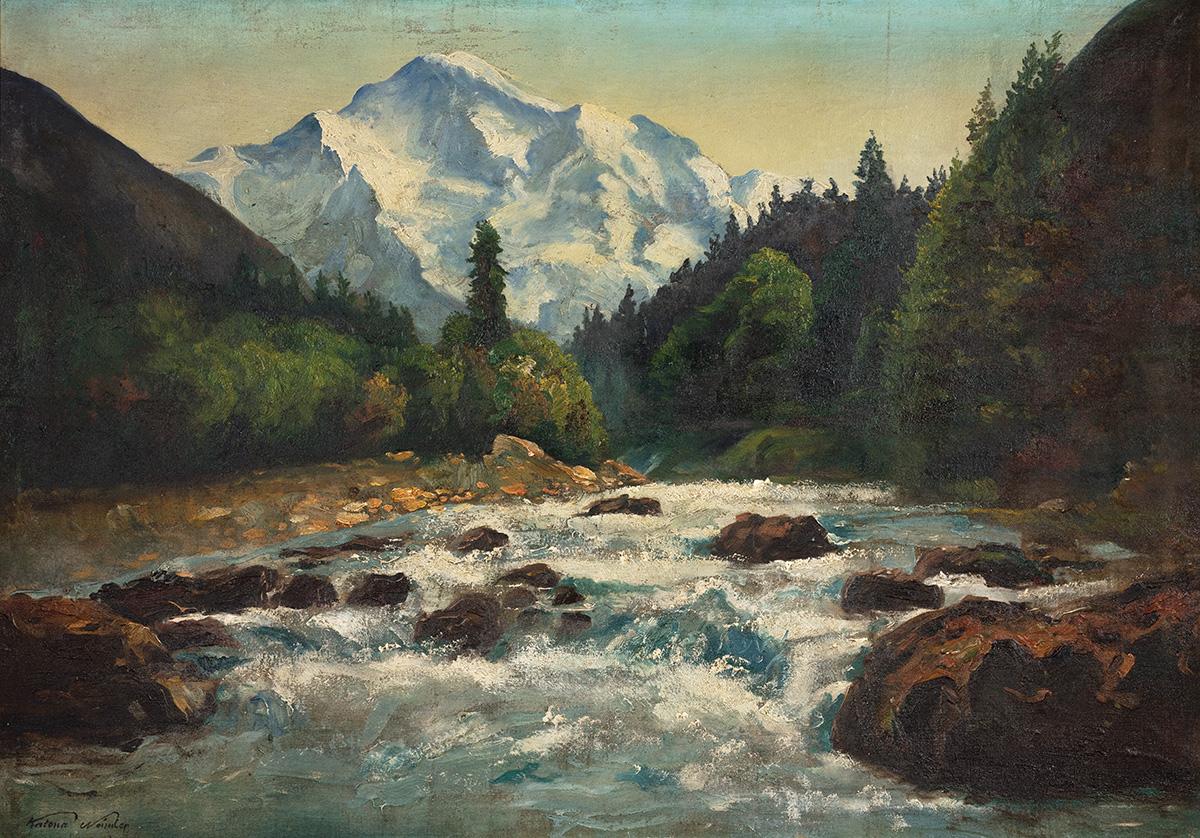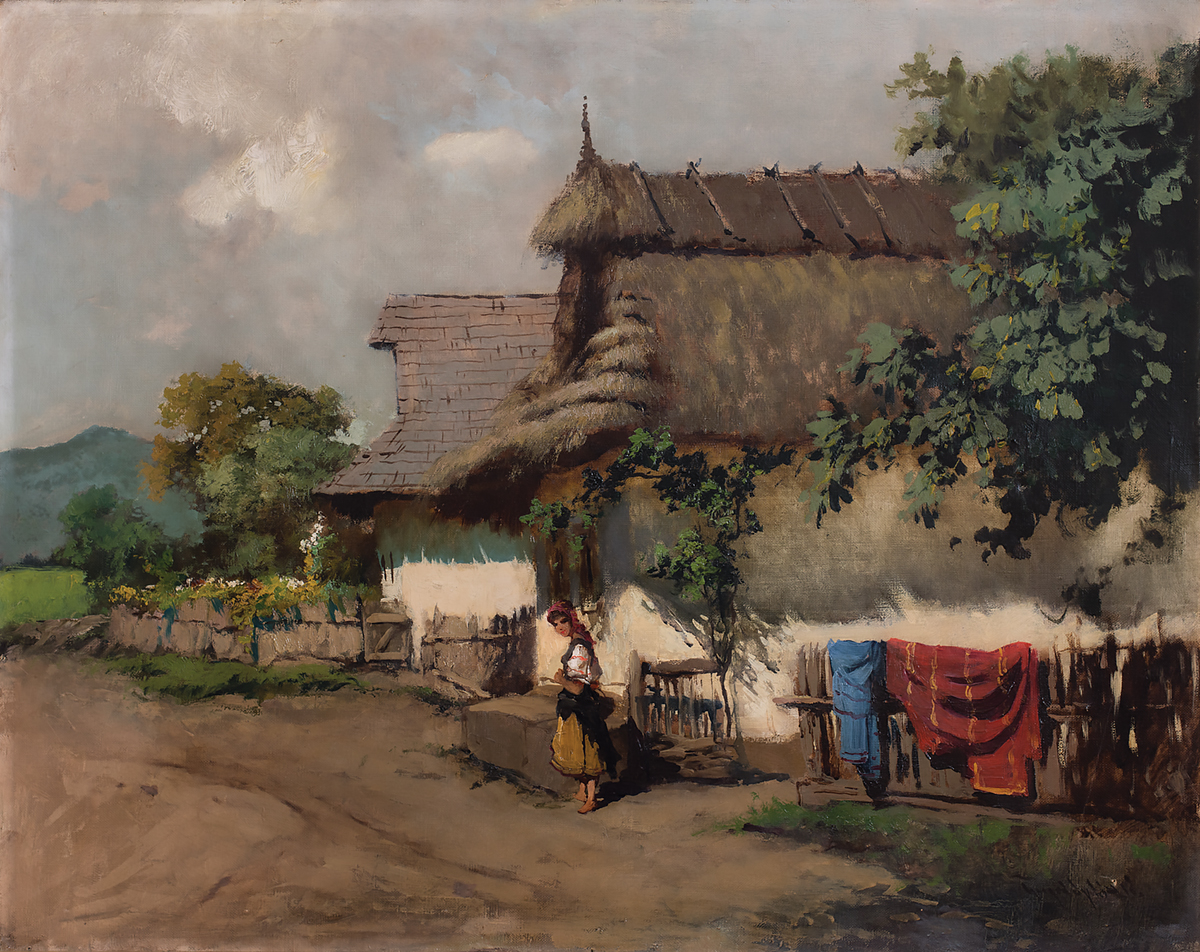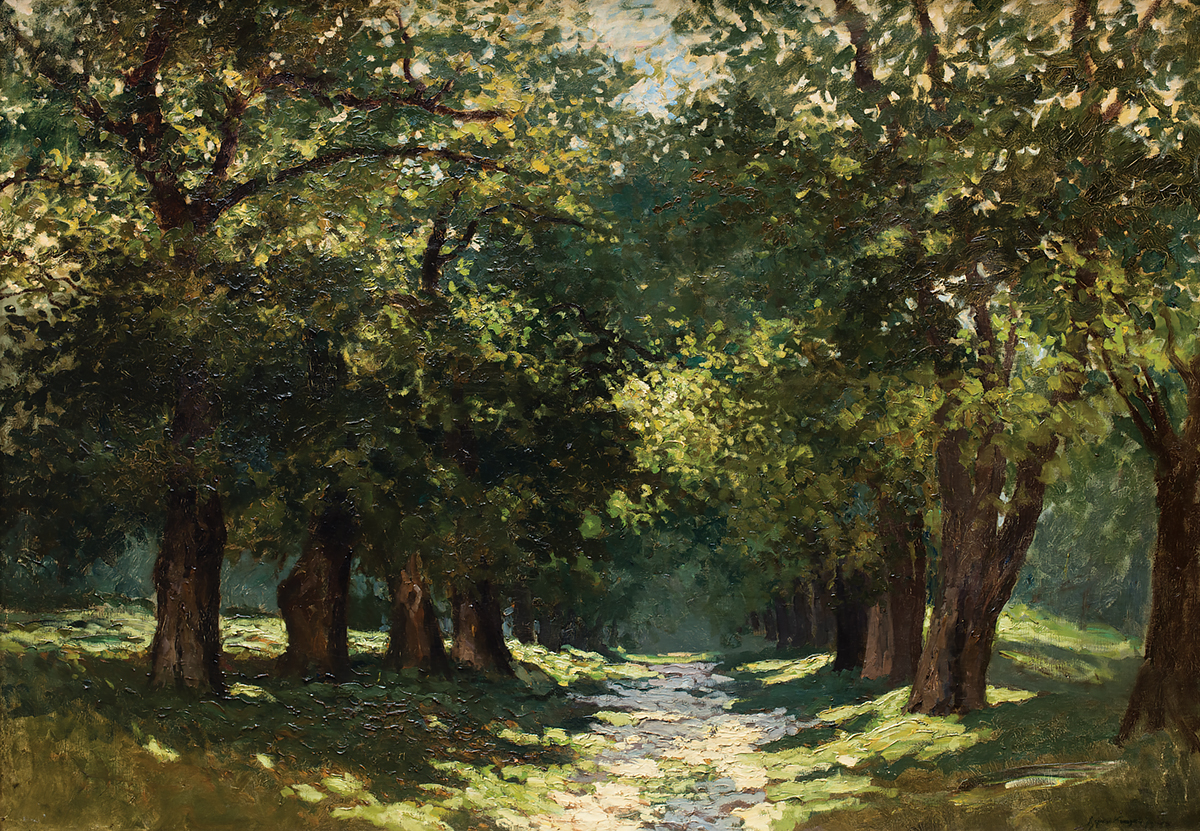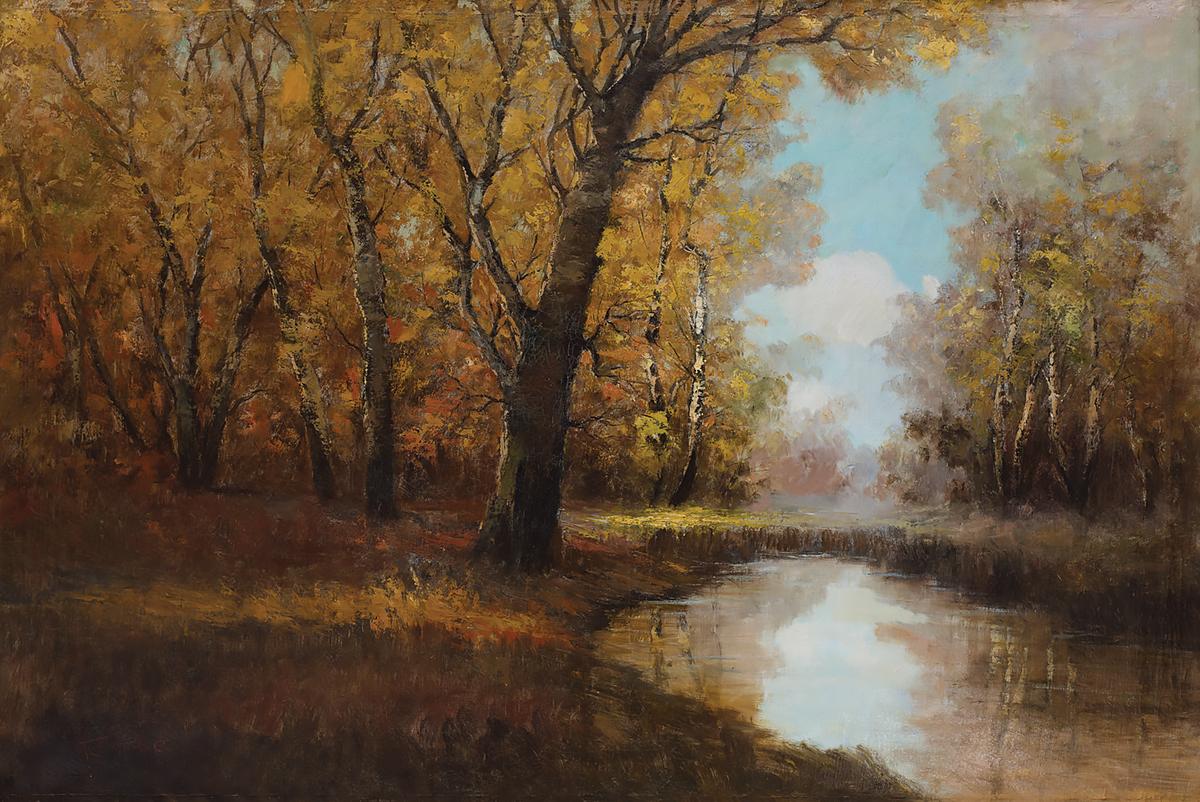Walking along the corridors of the historical part of Hotel Lomnica, we cannot avoid the monarchical Austro-Hungarian spirit that evokes the atmosphere of the first decades of its existence.
Walking along the corridors of the historical part of Hotel Lomnica, we cannot avoid the monarchical Austro-Hungarian spirit that evokes the atmosphere of the first decades of its existence. While the burgher genre of art gourmet Dominik Skutecký resonates in the Mozart café and Ladislav Medňanský's landscape painting rules in the Sissi restaurant - which can be perceived as a mirror of the human soul - the corridors of the historical part offer us a company of the works of important representatives of the Upper Hungarian and Hungarian cultural circle at the turn of the 19th and 20th centuries.Similarly to the art of the predecessors of Slovak modernism (Skutecký, Medňanský), it also drew on European academic sources, including French Barbizon impetus, Munich Luminist discoveries, Viennese Art Nouveau drawing and the impressionist expansion of the colour palette. If anything specifies this enclave, it is primarily the massive expansion of the lowland rural genre and landscape painting with folk figural staffage, which were cultivated in the environment of well-known artistic colonies in Nagybánya (today Baia Mare), Szolnok, near Lake Balaton, Kecskemét and Sárvár and presented at regular national salons. In addition to landscaping and the rural genre, popular hunting themesbecome a frequent theme of paintings. There are also captivating inspirations from the Tatra scenery and the beauties of the Spiš region. His very close associates come from the region of the Medňany family residence in Strážky in the Spiš region: the more expressive Nándor Katona (1864 – 1932) and the more melancholic Jeno Szepsi – Kuszka (1885 – 1948). The Olgyay brothers – Viktor (1870 - 1929) and Ferencz (1872 – 1939) and Gyula Tornayi (1861 – 1928) – also have their roots in the Spiš region.
The authors of the aforementioned Hungarian artistic colonies generally proceeded from a veristic, realistic framework of an en plein air nature, but differed more or less in their emphasis on the analysis of colour, light, colour spot and presentation under the influence of impressionism, applied to conventional rural and landscape themes. This generation is quite wide and enjoys a deserved collector's interest not only in the Hungarian auction environment. In our collection, this remarkable phenomenon - although primarily aimed at the mundane bourgeois cultural operation - is presented in the works of Ignác Ujváry (1860 – 1927), Gyula Zorkóczy (1873), László Kezdi-Kovács (1864 – 1942), Kálman Sashegyi (1886 – 1940) and Mark Rubovics (1867 – 1947). Attention is also paid to Antal Neogrády (1861 – 1942) and his son László Neogrády (1896 – 1962), who brought the rural genre and Hungarian landscape to the stylish edge of their possibilities.
Exposition
Tatranská Lomnica
Hotel Lomnica
Tatranská Lomnica 92
059 60 Vysoké Tatry
